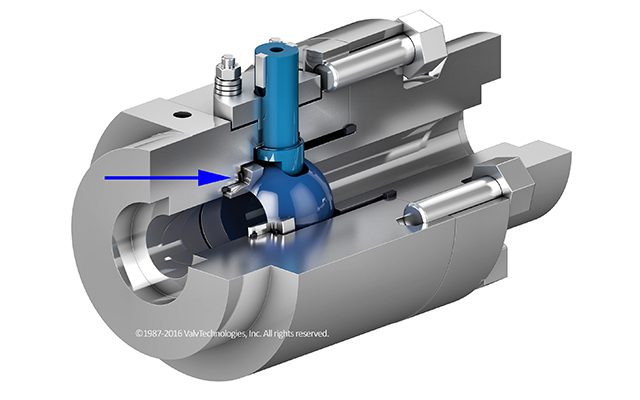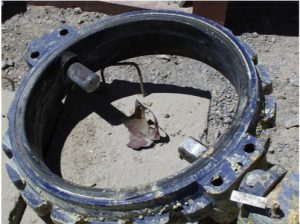Author: Kevin Niebergall, Branch Manager & Technical Representative at CGIS
Liquid Natural Gas (LNG) plants typically consist of liquefaction and gas treating areas to condition the gas to be converted into liquid form for mass transportation across great distances. In the gas treating area of natural gas, removing moisture from the gas is an important step to protect equipment and components of the piping system.
With H2S and CO2 present in natural gas feeds to the LNG facility, there is a potential to generate Sulfuric Acid and Carbonic Acid that increases corrosion rates of several materials typically used in piping systems. Dehydration of the natural gas becomes an important step in protecting piping systems and plant safety.
The process of removing moisture typically has at least two towers, though there can be multiple towers with absorption media to collect the H2O. These towers typically consist of beds holding desiccant beads. As the absorption media becomes saturated, it must be regenerated by reverse flowing with high-temperature media to drive off and collect the process water for disposal.
In two tower systems, one unit will be in absorption phase and the second will be in regeneration or stand-by phase. As a result, switching valves are required to isolate between the towers for efficient operation of each unit. These valves need to handle high cycles, high temperature, high pressure, and varying process media with abrasives and corrosives. The abrasives and corrosives present wear potential to valve sealing and operating components, which impacts long-term performance and safety.
The process and applications within LNG facilities can be demanding for valves. Before selecting a valve, review the conditions occurring when the valve is operating.
Read more about how to select the right Severe Service Valve for LNG applications.
 Download 6 Key Factors to Consider when Selecting a Severe Service Valve [Infographic]
Download 6 Key Factors to Consider when Selecting a Severe Service Valve [Infographic]




